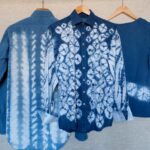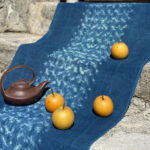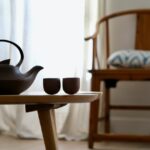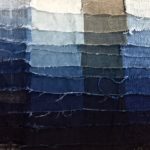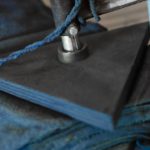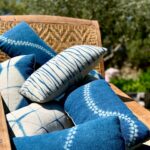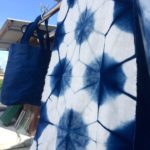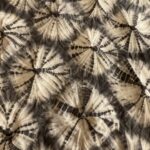
Tegumo shibori is a type of tied resist developed in Arimatsu, Japan, where I had the chance of training with master Kuno-san from Kuno Studio (see blogpost in process here) During the Edo period, the busy Tokaido route saw the flourishing of trade. Arimatsu’s specialty was Yukata fabric, and the cotton was predominantly dyed in indigo, with various shibori patterns. Please check the «Sur la route du Tokaido» blogpost for Hiroshige’s etchings of the route, with beautiful illustration of many shibori patterns. A few pictures and a video of the tegumo shibori process of tying a series of cones, which once, untied after dyeing, reveal a rhythmical yet always different pattern. https://www.youtube.com/watch?v=2onyhyX2pbI

